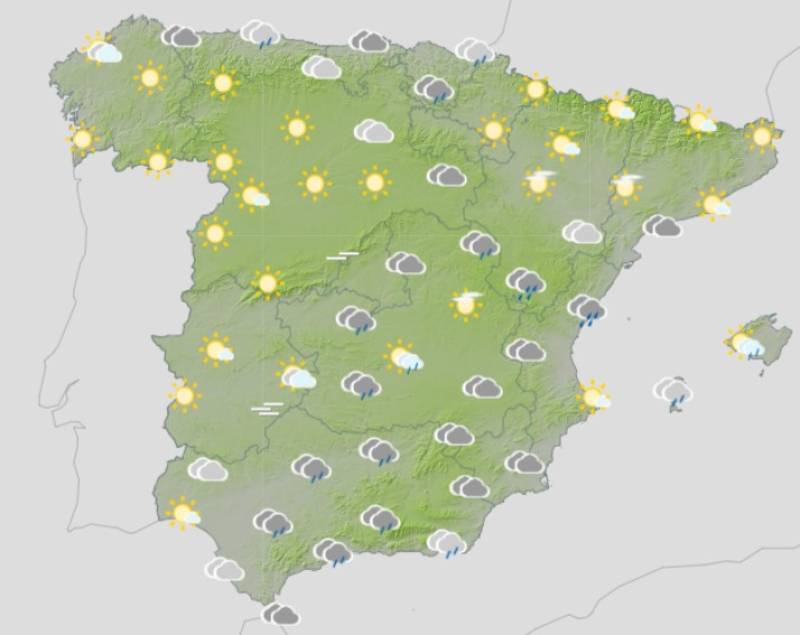
To be listed on the CAMPOSOL TODAY MAP please call +34 968 018 268.

Guidelines for submitting articles to Condado Today
Hello, and thank you for choosing CondadoToday.com to publicise your organisation’s info or event.
Condado Today is a website set up by Murcia Today specifically for residents of the urbanisation in Southwest Murcia, providing news and information on what’s happening in the local area, which is the largest English-speaking expat area in the Region of Murcia.
When submitting text to be included on Condado Today, please abide by the following guidelines so we can upload your article as swiftly as possible:
Send an email to editor@condadotoday.com or contact@murciatoday.com
Attach the information in a Word Document or Google Doc
Include all relevant points, including:
Who is the organisation running the event?
Where is it happening?
When?
How much does it cost?
Is it necessary to book beforehand, or can people just show up on the day?
…but try not to exceed 300 words
Also attach a photo to illustrate your article, no more than 100kb

Spain braces for another scorching autumn as temperatures soar above normal
Despite cooling Pacific currents, Spain is set for above-average temperatures across the country

Find all the latest weather and climate change news here or join our Spain Weather Watch Facebook group for regular updates
 Managed by premier villa and apartment holiday company, Cream Resorts, Rent La Manga Club have dozens of top holiday rental properties on the popular La Manga Club Resort in the Region of Murcia and around the Mar Menor, perfect for a golf getaway and a relaxing holiday in southeastern Spain.
Managed by premier villa and apartment holiday company, Cream Resorts, Rent La Manga Club have dozens of top holiday rental properties on the popular La Manga Club Resort in the Region of Murcia and around the Mar Menor, perfect for a golf getaway and a relaxing holiday in southeastern Spain. Take advantage of La Manga Club’s fantastic sports facilities – from tennis to cycling – and be sure to visit the other amazing tourist attractions that the Region of Murcia has to offer, including loads of incredible nature hikes, scuba diving, watersports and fine dining.
Take advantage of La Manga Club’s fantastic sports facilities – from tennis to cycling – and be sure to visit the other amazing tourist attractions that the Region of Murcia has to offer, including loads of incredible nature hikes, scuba diving, watersports and fine dining.






















